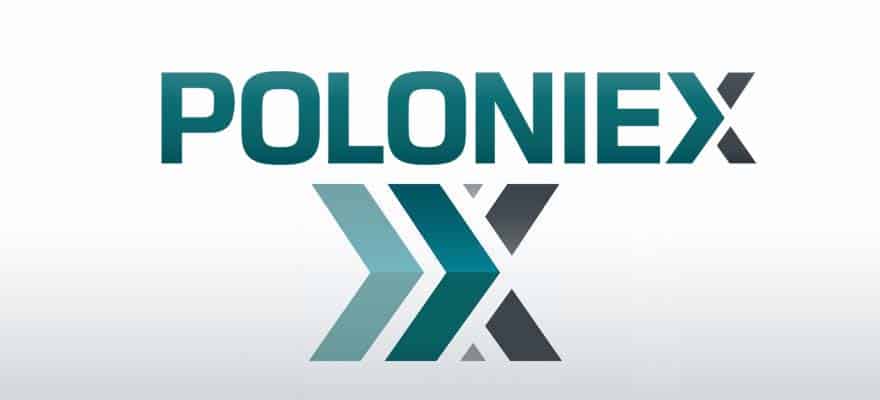TL;DR Breakdown
- PoW: Miners solve puzzles with computers
- PoS: Validators stake coins for chances
- Both: Secure networks, different methods

In the world of crypto and blockchain, two consensus mechanisms dominate: Proof of Work (PoW) and Proof of Stake (PoS). All serve the same purpose which is, securing the network and validating transactions, but they do so in extremely different ways. This article examines these differences, helping readers understand which method their preferred cryptocurrencies use.
Core Concept: Network Security
Both Proof of Work and Proof of Stake aim to secure blockchain networks against attacks. They prevent bad actors from taking control and ensure that all transactions are genuine. However, their approaches vary significantly.
What is Proof of Work?
Imagine you are in a treasure hunt game at your organization. The boss hides a treasure and gives everyone a really hard math puzzle. The first employee to solve the puzzle gets to find the treasure and keep it.
In Proof of Work, the treasure is new coins (like Ethereum), and the hard math puzzles are complex problems that computers try to solve. People with powerful computers, called miners, race to solve these puzzles. The first one to solve it gets to add a new block to the blockchain (like adding a new page to a book) and receive new coins as a reward.
This whole process is called mining and makes sure no one cheats because solving the puzzle takes a lot of time and uses a lot of brain energy, like how solving a hard math problem takes a lot of brain power. That’s kind of how Proof of Work in cryptocurrency works. Miners solve complex mathematical puzzles using powerful computers.
What is Proof of Stake?
Now, let’s say your organization is having a raffle. To enter, you buy tickets. The more tickets you buy, the higher your chances of winning. In Proof of Stake, it’s similar.
In this system, you don’t need powerful computers. Instead, you need to own some of the cryptocurrency itself. Let’s say you own some Ethereum coins. You can “lock up” these coins in a special account, like putting your raffle tickets in a box. The more coins you lock up (or “stake”), the higher your chances of being chosen to add the next block to the blockchain.
If you’re picked, you get to add the new block and earn rewards, just like winning the raffle prize. But there’s a catch: if you try to cheat, you lose some or all of your staked coins. This risk makes people want to play fair. So, while Proof of Work is like a brain-power race, Proof of Stake is more like a raffle where your chances depend on how much you’re willing to risk. Both methods help keep cryptocurrencies safe and honest, just in different ways.
Personal Note From MEXC Team
Check out our MEXC trading page and find out what we have to offer! There are also a ton of interesting articles to get you up to speed with the crypto world. Lastly, join our MEXC Creators project and share your opinion about everything crypto! Happy trading! Learn about interoperability now!
Join MEXC and Get up to $10,000 Bonus!
Sign Up


